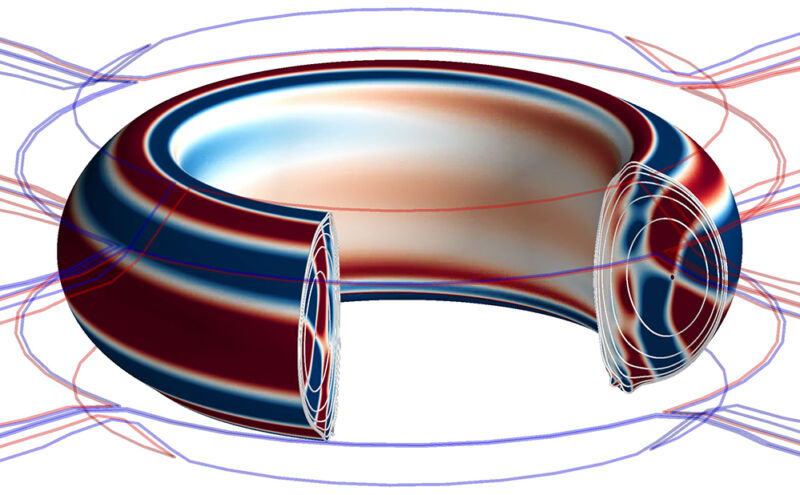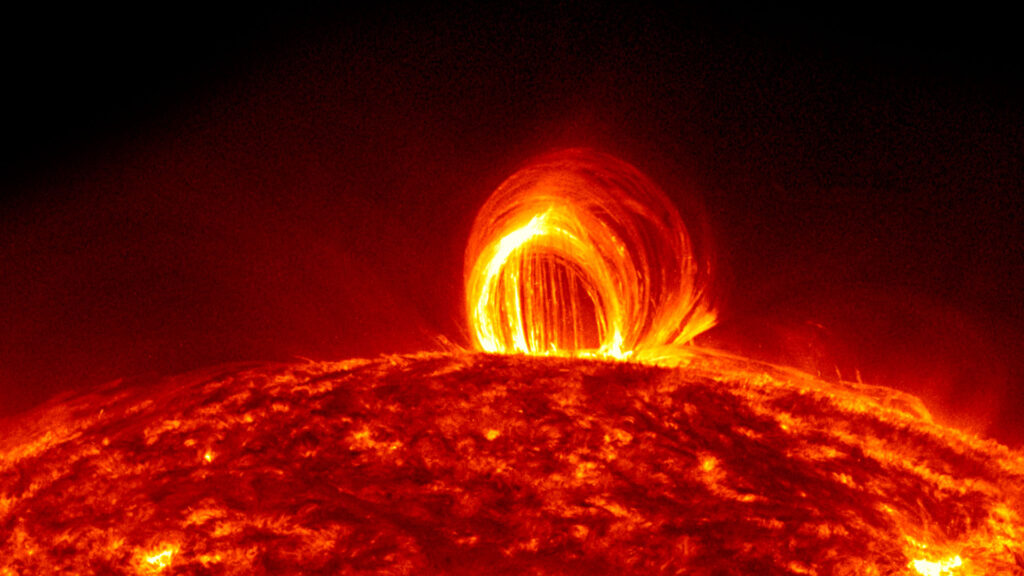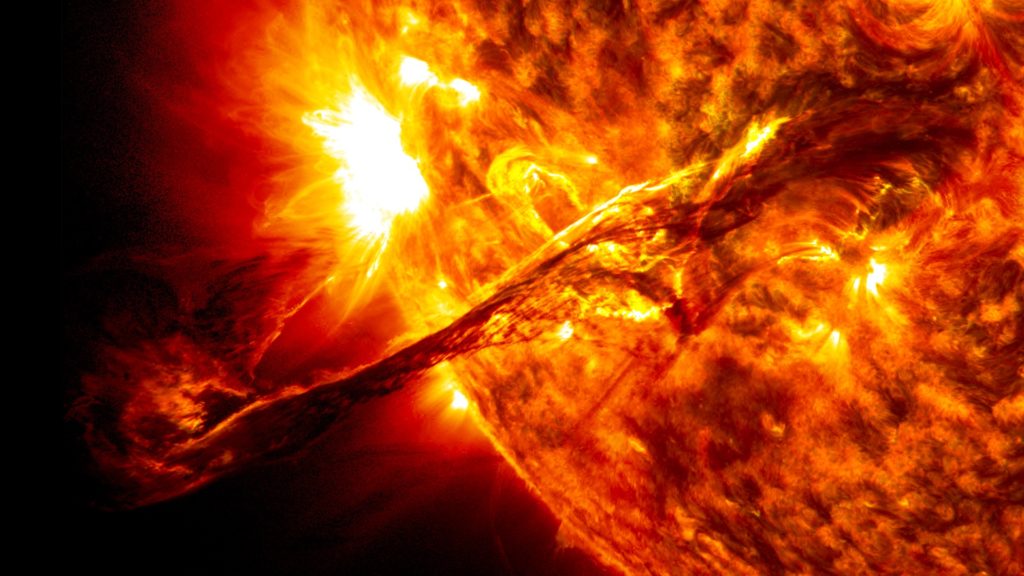
Enlarge / The magnetic fields inside a tokamak. (credit: Jong-Kyu Park, Princeton Plasma Physics Laboratory )
Depending on who you ask, fusion power is either already here (but no one will purchase my sekrit design!), never going to happen (so stop wasting money!), or a difficult problem that might be a partial solution to an even more difficult problem. The last, being the view of scientists who actually work in the field, is often lost in all the noise.
Out of this fog of discussion, a passel of papers emerged recently, all focused on a proposed fusion project: the SPARC tokamak. One of the surprising things about SPARC is its size. Coming in at just over 3m across, SPARC will be smaller than currently operating tokamaks, like JET, which is nearly 6m across. ITER, currently under construction in France, is over 12m across. Yet SPARC and ITER are projected to have about the same performance. Both are expected to produce more energy from fusion than the direct input energy, though neither is expected to produce useful power.
So why the difference? And what does this latest batch of papers tell us about the design?
 chevron_right
chevron_right




